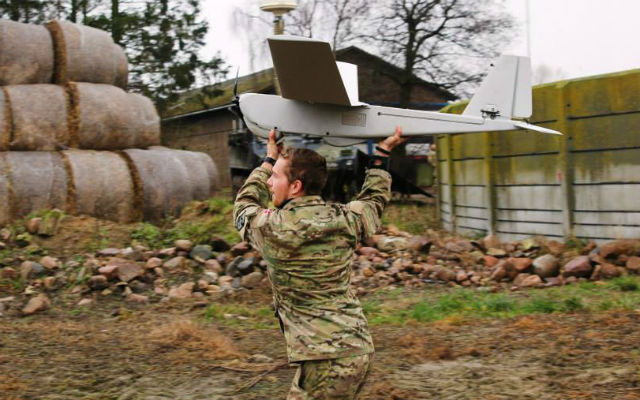The Royal Danish Army is looking to acquire an airworthiness certificate for its AeroVironment Puma AE unmanned air vehicle, as it is currently limited to the overseas joint exercises and operations that it can be deployed in support of.
The army had planned to fly the Puma during NATO's Trident Juncture exercise in Spain during October, but had to pull out because it did not have the correct certification to fly the UAV.
“Unfortunately, we do not have an airworthiness certificate,” Col Birger Mejlholm, commander of the army’s intelligence centre, told SMi's UAS conference in London on 19 November. “The system was bought without it, and the procurement agency that we have in the armed forces didn’t really pay attention to that and neither did we.
“We’re really struggling now to get that certificate and it was clear a few weeks ago when we joined the troops in NATO’s Trident Juncture exercise in Spain.”
Mejlholm says that the Puma teams were deployed to Spain, but they had to return to Denmark without flying.
“We had some co-ordination before the exercise, but we had a feeling that we could solve this, if not before the exercise then during, but unfortunately it didn’t happen,” he says. “So that underlined that we need to work to get this.”
There is no airworthiness certificate for the Puma system in any nation, and the army is now working with the Danish aviation authority to work towards being the first to do so.
“It is a high priority now, both abroad and back home,” Mejlholm adds.

Danish defence ministry
The Danish Pumas are currently operating in Iraq to support the training of troops there, where Mejlholm says they are essentially flying 24/7 operations providing base protection for the training mission.
The army also wants to be able to support police operations domestically with the Puma, but flying in civilian airspace is proving a challenge.
“We want to be more professional and be able to fly in airspace where there are other airframes,” Mejlholm says. “But this is getting more and more complicated as the regulations are getting more strict and detailed. We believe this is a reality to a lot of operations.”
Source: FlightGlobal.com


























